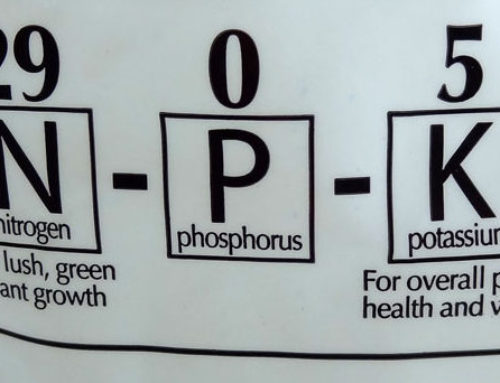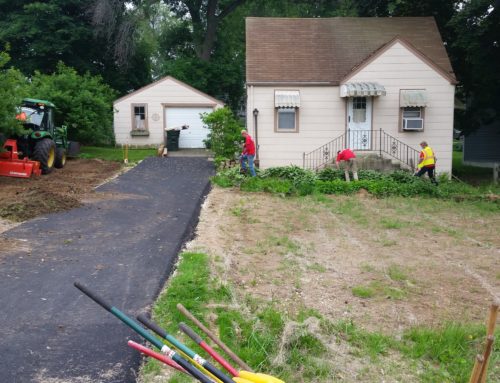At Tomasello’s, we plant a mixture of grass seed that matches the sun and shade conditions of your lawn. This grass seed is of the highest quality and was selected from field trials as superior to others available.
Watering
Proper watering is key for successful establishment of newly seeded lawns. Newly emerged seedlings and seeds that have not yet germinated but have taken up water are extremely vulnerable to heat and drought stresses. Consistent, even moisture is essential to germination and survival of grass seedlings. Allowing the seeds or newly emerged seedlings to dry out even one time can lead to significant losses and failure of the seeding process. The goal of watering is to make sure the seeds and seedlings do not get too hot and dry, as this will mean almost certain failure. Correct watering is the difference between a beautiful crop of grass or no new grass at all. You should expect to keep the soil surface moist for at least 3 weeks after seeding.
The following are general guidelines for watering seeded areas.
- Apply water at least twice a day, make a third application if the weather is hot and dry or soil is sandy and well drained.
- Water in the morning before the hottest part of the day (preferably by 9 am).
- Water in the evening should be done after 5 pm.
- Water enough to keep the soil moist.
- Watering will vary but the most important part is: do not let the soil dry out and crack.
Keep in mind that sunny areas, particularly south or west facing slopes will dry out more quickly than shady areas. Areas near pavement or that receive heat reflected off buildings will also dry out faster. Sandy soils dry out faster than clay soils The object is to keep the surface moist but not saturated. Never allow the soil to become soggy as this leads to fungal diseases that will kill the new grass. As the new grass starts to grow, gradually cut back the frequency of the water application while increasing the amount of water that is applied with each application. The objective is to increase root depth by wetting the soil deeper as the plants grow. The goal is to eventually apply enough water, once per week, in one application to wet the soil 6-8 inches deep.
Caring for your new grass
Mowing—once the new grass gets about 4 inches tall, mow it on the highest setting on your mower.
Weeds—some weeds will come up with the new grass. These can be hand pulled while the grass is still young. Herbicides should not be used until the grass has been mowed at least three times. You will probably have to tolerate a few weeds until they can be controlled safely. After this, you will have to control the weeds so it doesn’t choke out the new seed.
Fertilization—young grass requires fertilization. This is the key to growing a health yard. Fertilizing should be done after the seeds germinate and before a rainfall. Apply it according to label directions if you do not hire a professional to do this to coincide with the seeding.
Other Information
It will usually take a full year for your lawn to fill in completely. Shady areas will take longer than full sun areas. Some areas may be too shady to ever fill in completely. In those cases, seeding may be necessary yearly. In other cases, a shade tolerant ground cover other than grass may be a more appropriate solution.
Please let us know if you have any questions or concerns. Your lawn is off to a great start with the proper care, and the success of your lawn is up to you now. Please remember proper watering, fertilizer, and weed control is what your lawn needs now.
To print this information, please click here.




